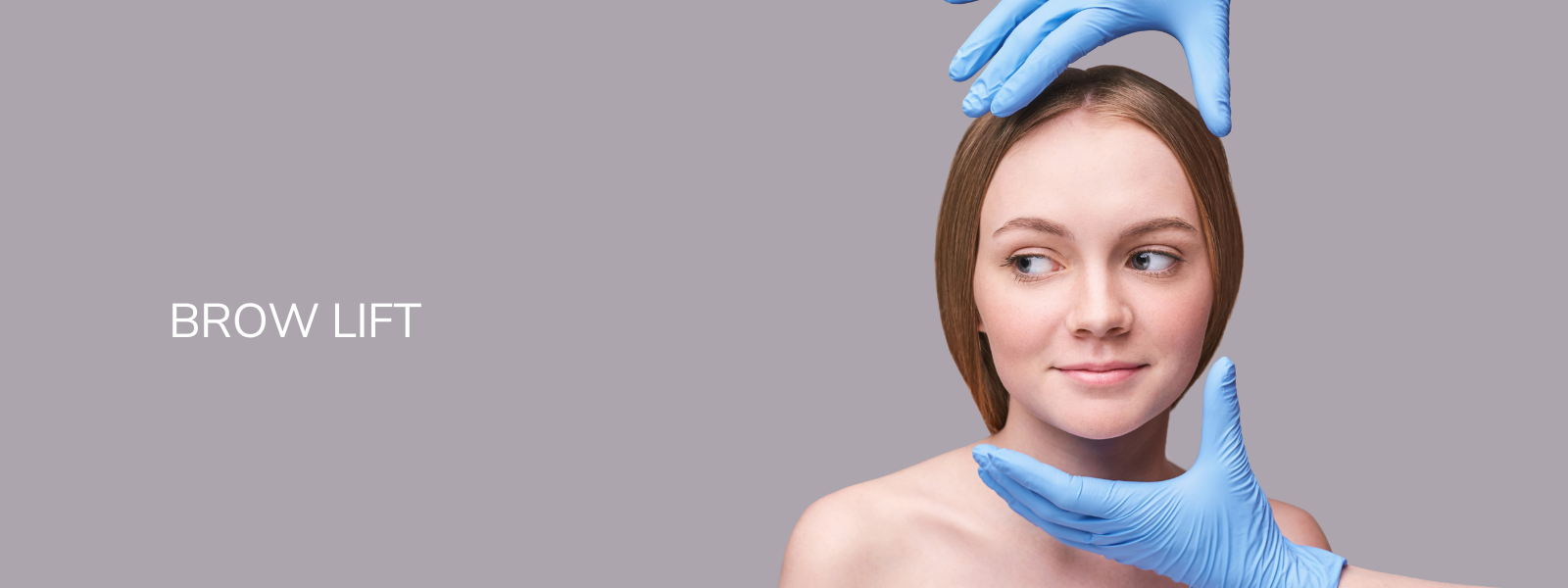
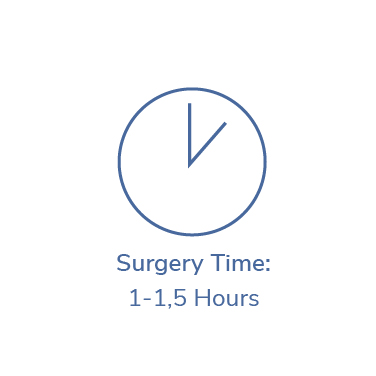

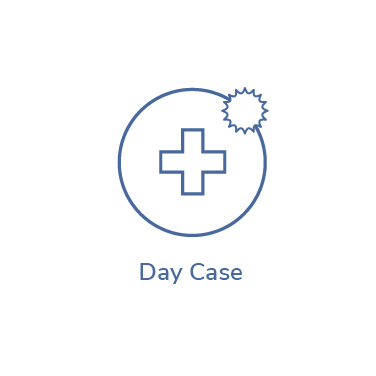



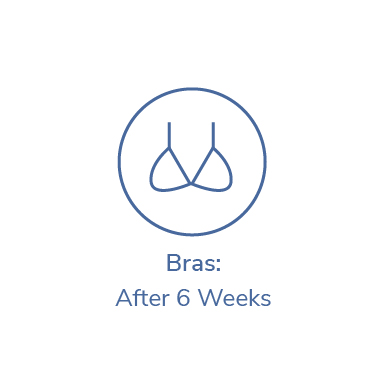
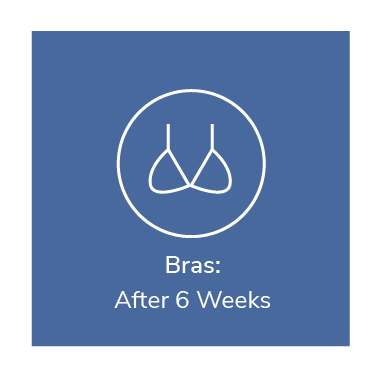

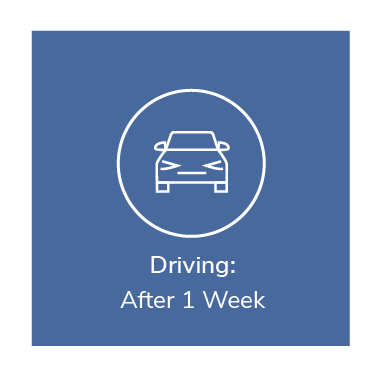

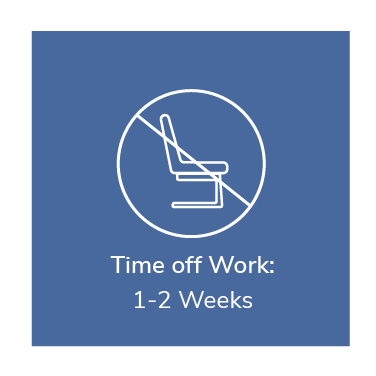
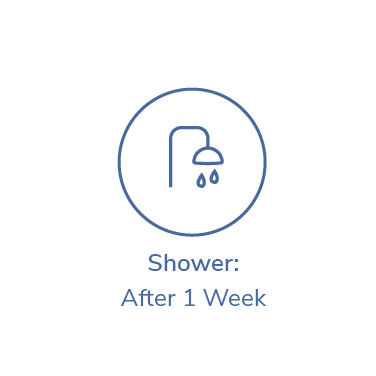
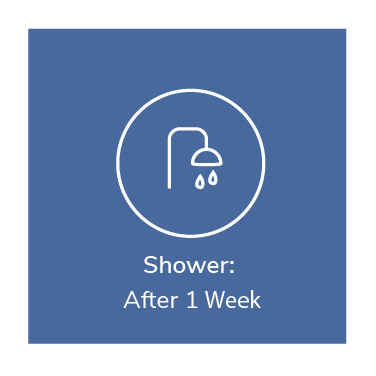
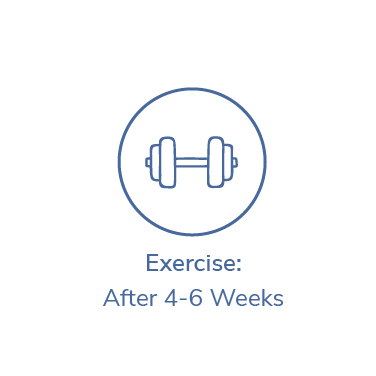
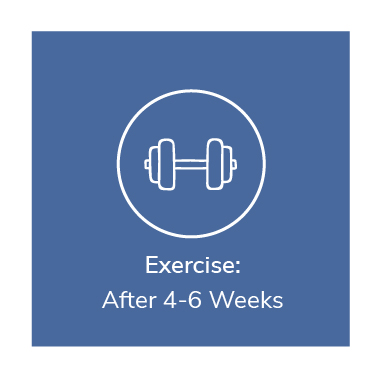

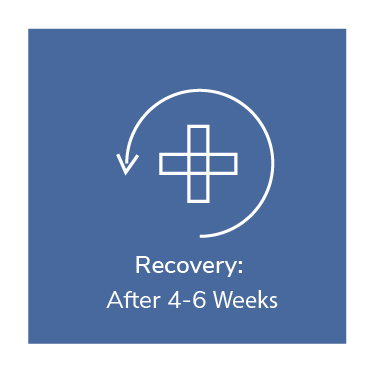
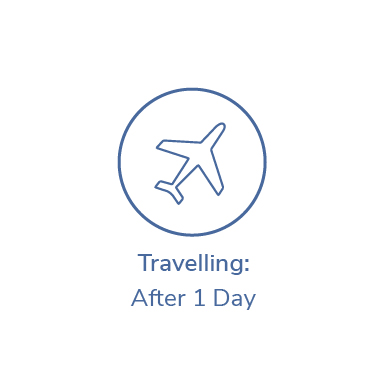

WHAT IS A Brow Lift ?
A brow lift, also known as a forehead lift, is a surgical procedure that aims to raise and reshape the eyebrows, smooth forehead wrinkles, and rejuvenate the appearance of the upper face. It addresses signs of aging in the forehead and brow region by tightening the underlying muscles and removing excess skin.
The specific incision pattern used during a brow lift can vary based on individual needs and surgical techniques. Commonly used incisions include a traditional or coronal brow lift incision, which is made across the top of the scalp, hidden within the hairline. Alternatively, less invasive techniques such as endoscopic or temporal brow lifts involve smaller incisions and the use of specialized surgical instruments.
After making the incisions, the surgeon lifts and repositions the underlying forehead muscles and tissues to elevate the eyebrows and smooth forehead wrinkles. This helps restore a more youthful and refreshed appearance to the upper face. Excess skin may also be trimmed or re-draped for a smoother result.
Brow Elevation: One of the primary goals of a brow lift is to lift and reposition the eyebrows to a more youthful and aesthetically pleasing position. As we age, the eyebrows tend to descend, resulting in a tired or aged appearance. A brow lift can restore a more elevated position to the eyebrows, creating a refreshed and rejuvenated look.
Forehead Wrinkle Reduction: A brow lift helps smooth out forehead wrinkles and furrows that develop over time. By tightening the underlying muscles and removing excess skin, the procedure can diminish the appearance of horizontal lines and deep creases on the forehead.
Elimination of Frown Lines: Frown lines, also known as glabellar lines or “11 lines,” are vertical lines that form between the eyebrows. These lines can create an angry or stern appearance. With a brow lift, these lines can be significantly reduced or eliminated, resulting in a smoother and more relaxed forehead.
Opened Upper Eye Area: Drooping eyebrows and forehead skin can weigh down the upper eyelids, making the eyes appear tired and aged. By lifting the brows, a brow lift can open up the upper eye area, making the eyes appear more awake, alert, and youthful.
Facial Symmetry: A brow lift can also address asymmetry in the eyebrows or forehead region. By adjusting the position of the brows and correcting any imbalances, the procedure can help achieve greater facial symmetry and harmony.
Enhanced Facial Expressions: A well-performed brow lift can help restore natural and balanced facial expressions. It can soften a perpetually furrowed brow and create a more approachable and friendly appearance.
Improved Self-Confidence: The rejuvenating effects of a brow lift can enhance self-esteem and boost self-confidence. Patients often report feeling more youthful, rejuvenated, and satisfied with their overall facial appearance following the procedure.
While each case is unique, here are some common characteristics of candidates who may benefit from a brow lift:
Sagging or Drooping Eyebrows: Candidates often have eyebrows that have descended or drooped significantly over time. This can result in a tired, sad, or aged appearance. A brow lift can elevate the eyebrows to a more youthful position.
Forehead Wrinkles and Furrows: Candidates may have prominent horizontal lines, deep wrinkles, or furrows on the forehead. These lines can be a result of aging, genetics, or repeated facial expressions. A brow lift can help smooth out these wrinkles and create a smoother forehead.
Frown Lines or “11 Lines”: Candidates may have vertical lines or creases between the eyebrows, commonly known as frown lines or “11 lines.” These lines can give a person an angry or stern look. A brow lift can help soften or eliminate these lines, creating a more relaxed appearance.
Brow Asymmetry: Candidates may have uneven or asymmetrical eyebrows, where one brow sits higher or appears different from the other. A brow lift can address this asymmetry and create a more balanced and harmonious appearance.
Good General Health: Candidates for any surgical procedure should be in good overall health. This includes having no significant medical conditions that could increase the risks of surgery or impede the healing process.
Realistic Expectations: Candidates should have realistic expectations about the outcome of the procedure. A brow lift can enhance the appearance of the eyebrows and forehead, but it may not completely change one’s facial features or stop the aging process altogether. Open communication with the surgeon during the consultation is essential to establish realistic goals.
Non-Smoker: Smoking can negatively impact the healing process and increase the risk of complications. Candidates who smoke may be advised to quit or refrain from smoking for a certain period before and after the surgery.
Here is an overview of what you can expect after the procedure:
Dressings and Bandages: Following the surgery, your forehead may be wrapped in dressings or bandages to protect the incision sites and provide support to the treated area. Your surgeon will provide specific instructions on how to care for the dressings and when they should be removed.
Swelling and Bruising: Swelling and bruising are common after a brow lift and may peak within the first few days after the surgery. Applying cold compresses as instructed by your surgeon and keeping your head elevated can help minimize swelling. The swelling and bruising will gradually subside over the following weeks.
Discomfort and Pain: You may experience some discomfort or mild pain in the treated area. Your surgeon will prescribe appropriate pain medication to manage any discomfort during the initial recovery period. It’s important to follow the prescribed dosage and report any severe or persistent pain to your surgeon.
Stitches or Staples: Depending on the technique used, you may have stitches or staples in the incision area. Your surgeon will provide instructions on when these will be removed, which is typically within the first week after the surgery.
Restricted Activities: To promote proper healing, you will be advised to avoid strenuous activities, heavy lifting, and vigorous exercise for a few weeks following the procedure. Your surgeon will provide specific guidelines on when you can gradually resume normal activities.
Follow-up Appointments: Regular follow-up appointments with your surgeon will be scheduled to monitor your healing progress and assess the results of the surgery. It’s important to attend these appointments and communicate any concerns or questions you may have.
Scar Management: Incisions made during a brow lift are typically well-concealed within the hairline or natural creases of the forehead, minimizing visible scarring. Your surgeon may provide guidance on scar management techniques, such as applying scar creams or avoiding sun exposure, to help optimize the healing process.
Final Results: It’s important to remember that the final results of a brow lift may take several weeks or months to fully manifest. As the swelling subsides and the tissues settle, you will begin to see the improved appearance of your elevated eyebrows and smoother forehead.
WHAT they say
Before the treatment I was always bullied about my lopsided face and bad skin condition. Thank you!
virginia hudson
Beauty has so many forms, and I think the most beautiful thing is confidence and loving yourself.
Kiesza
I had the most amazing experience, from the moment I walked in to the moment I walked out I was cared for with such compassion. All the nurses were amazing, they tucked me in bed, they poured my tea, I cannot fault them. It was like being looked after by family. My anesthetist and surgeon explained everything in detail, I knew exactly what to expect. I would definitely stay here again.
Laura
I was really pleased with the care and treatment that I received at Welbeck Hospital. My surgeon was kind and informative and explained the entire procedure to me. I recovered completely fast. I would recommend it to everyone.
Eva Elliot
FAQS
A brow lift focuses specifically on rejuvenating the forehead and eyebrow area, addressing concerns such as drooping eyebrows and forehead wrinkles. A facelift, on the other hand, targets the lower face and neck, addressing sagging skin and wrinkles in those areas.
The results of a brow lift are long-lasting, typically lasting for many years. However, the natural aging process will continue, and factors such as genetics and lifestyle can affect the longevity of the results.
A brow lift can significantly improve the appearance of forehead wrinkles by smoothing out the skin and repositioning the muscles and tissues. However, it may not completely eliminate all wrinkles, especially deep-set or etched-in lines. Additional treatments, such as dermal fillers or laser resurfacing, may be recommended to further address wrinkles.
The incisions for a brow lift are typically placed within the hairline or along natural creases to minimize visible scarring. In most cases, the procedure does not significantly affect the position or appearance of the hairline. Your surgeon will discuss the specific incision placement during your consultation.
Like any surgical procedure, a brow lift carries certain risks and potential complications. These may include infection, bleeding, scarring, hair loss along the incision line, nerve injury, asymmetry, or unsatisfactory aesthetic outcomes. It is important to discuss these risks with your surgeon and ensure you have a clear understanding of the potential outcomes.
Yes, a brow lift can often be combined with other facial rejuvenation procedures to achieve more comprehensive results. Commonly combined procedures include eyelid surgery (blepharoplasty), facelift, or non-surgical treatments such as Botox or dermal fillers. Your surgeon can discuss the best treatment plan for your specific needs.
A well-performed brow lift should enhance your appearance while maintaining a natural look. It should not drastically alter your facial expression. However, it can help reduce the appearance of a perpetually furrowed brow or a constantly tired or angry expression.
The initial recovery period after a brow lift is typically around 1 to 2 weeks, during which you may experience swelling, bruising, and mild discomfort. You should avoid strenuous activities and follow your surgeon’s post-operative instructions. Full recovery and final results may take several weeks to months, depending on individual healing abilities.







